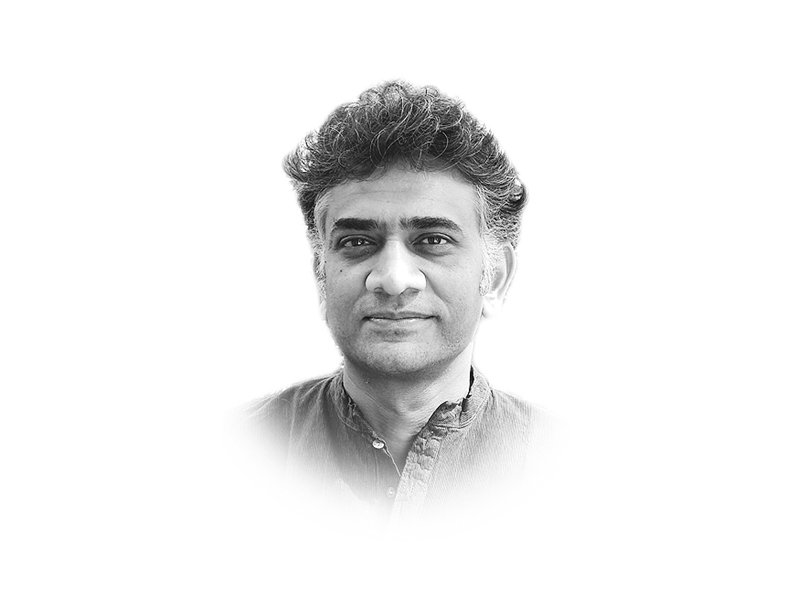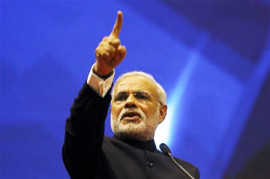
These figures are a good indicator but they are not the only one we must consult. Median income, meaning the income of someone in the middle of the list, rather than the overall average, is higher in Pakistan than in India. This means that income of Pakistanis, even though lower than that of Indians, is better distributed and it is economically less unequal than India. It will interest many readers to know that countries like Zambia ($1,715), Vietnam ($2,015), Sudan ($2,081) and Bhutan ($2,569) are ahead of India. Sri Lanka ($3,635) has a per capita GDP more than double of India. This will not be surprising to those who have visited the country and seen how much more prosperous its people are than Indians.
The size of the nation, the source of its income and many other such things need to be considered when we make such comparisons. But looking at these data will give us a good idea about where India stands. And perhaps we can also then consider what needs to be done to make India a developed country. The World Bank has now decided to not use the term 'developing country' and will instead classify nations by per capita GDP. India is a low middle-income country. The definition is as follows. Countries with lower than about $1,000 are low income, between $1,000 to $4,000 are low middle income, between $4,000 to $12,000 are high middle income, and over that are high income. Most European nations are high income and so far as I know the lowest is Serbia, which has a per capita GDP of $6,000.
The governor of the Reserve Bank of India, Raghuram Rajan, recently spoke about what sort of per capita GDP India would require to reach if it had to be rid of poverty. Or at least the worst aspects of it, because no nation can successfully eliminate poverty entirely. Rajan said: "At one level, we are still a $1,500 per capita economy. All the way from $1,500 to $5,0000, which is where Singapore is, there are a lot of things to do. We are still a relatively poor economy and to wipe the tear from every eye, one would at least want to be middle-income, around $6,000-$7,000 which, if reasonably distributed, will have dealt with extreme poverty. And that is two decades worth of work to be even moderately satisfied."
China has a per capita GDP of $7,600, meaning it has been able to recently achieve what Rajan is talking about. Those who visit China will know that the development of that country is on a different scale from India's and it would not be fair to compare the two. China is very far ahead. I do not think it will be possible in our lifetime, meaning in the next 30 years, for us to catch China. So what will be required for India to make the four times jump from $1,500 to $6,000? The debate in India tends to focus only on what the government can and should do. The thinking is that we need to have more and better laws, through economic reforms like a unified goods and services tax. And secondly we need good governance, meaning a non-corrupt and efficient administration.
Assuming that this second thing is possible in a country where corruption and inefficiency are a product and part of culture, I would still add that these two things are not enough. They are not even the major part of what is required. Those who travel to those countries, which have achieved high-income status, will have observed that their societies function in a different way than India’s. The respect for the individual, the attention they pay to not offending the stranger, the harmony in their societies is something missing in ours, even in our best cities. Reform of society, much more than reform of government, is what has made nations rich and made their per capita GDP high. So long as our focus remains on changes produced by government, India will continue to be slow in its march up the ladder.
Published in The Express Tribune, June 12th, 2016.
Like Opinion & Editorial on Facebook, follow @ETOpEd on Twitter to receive all updates on all our daily pieces.












































COMMENTS (12)
Comments are moderated and generally will be posted if they are on-topic and not abusive.
For more information, please see our Comments FAQ